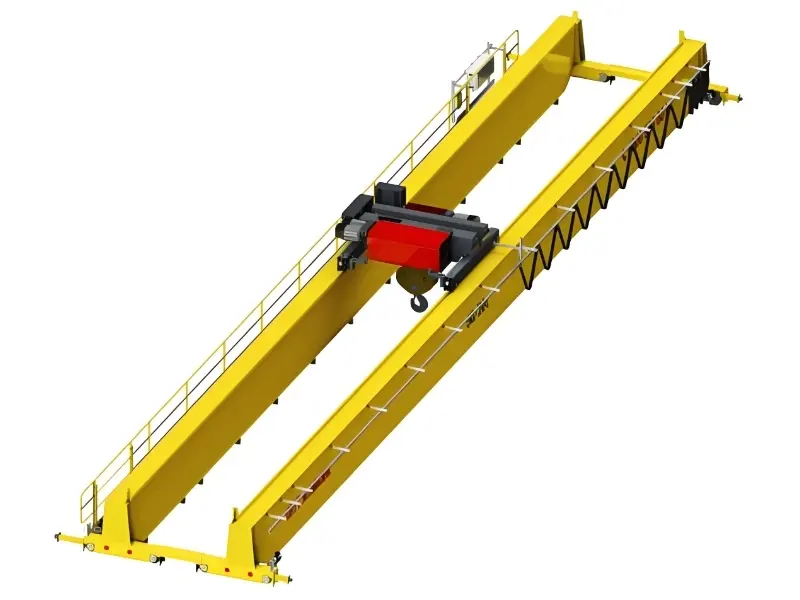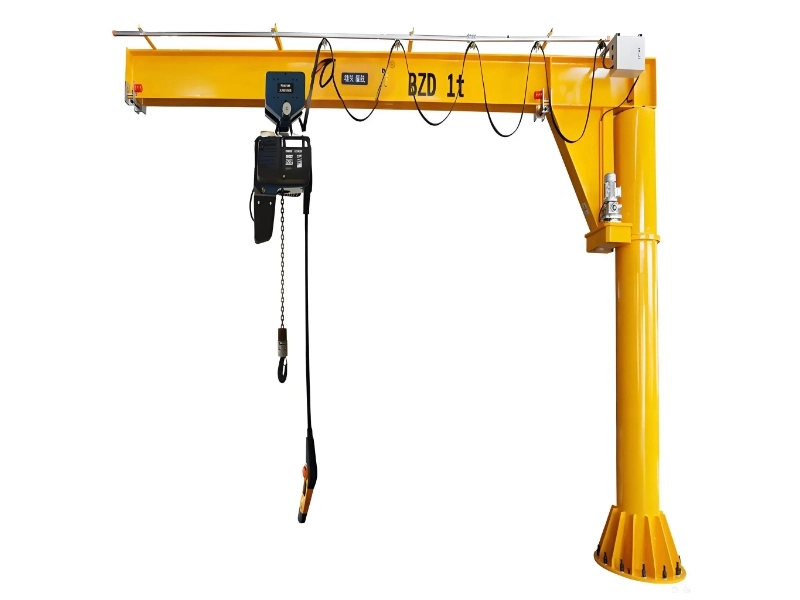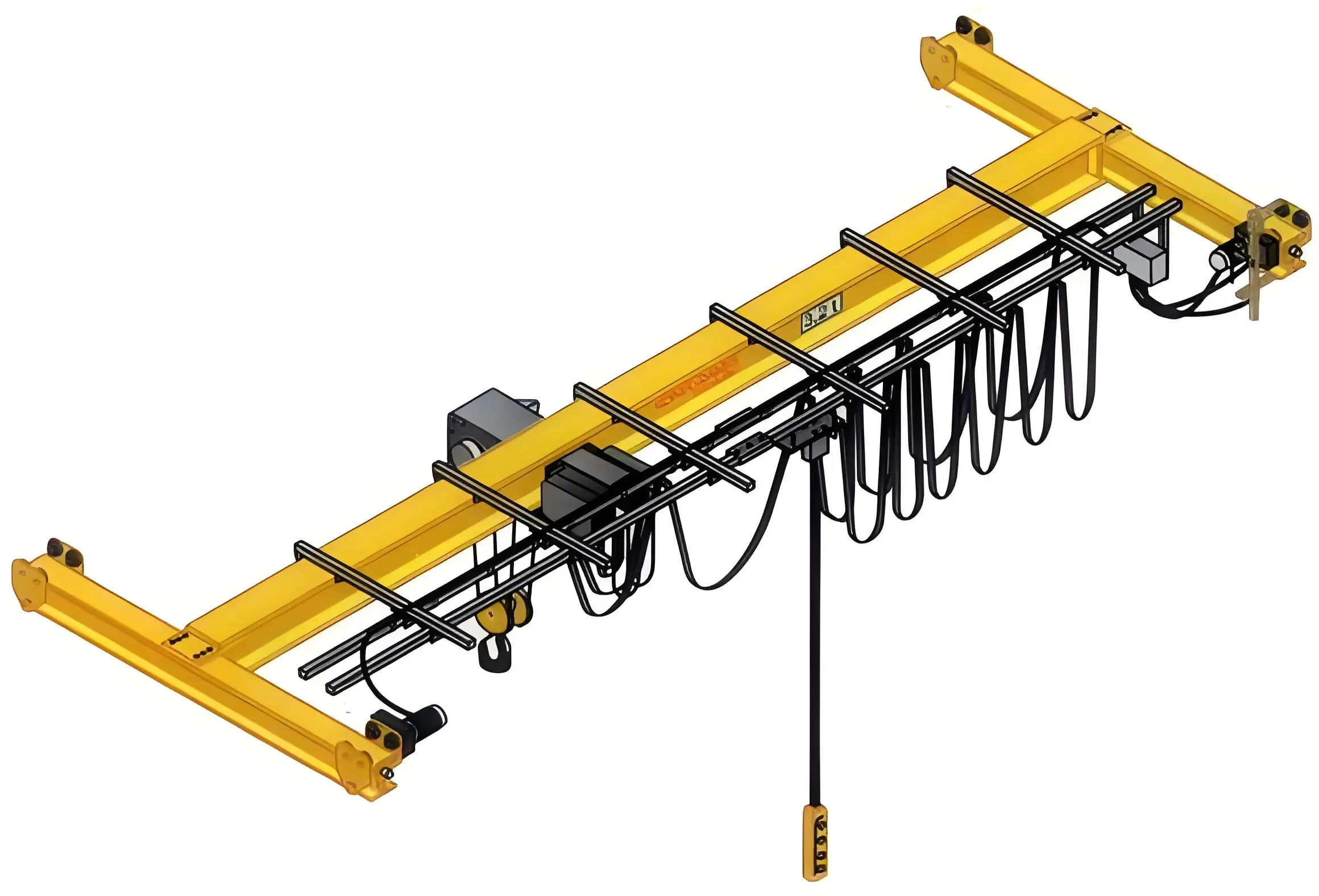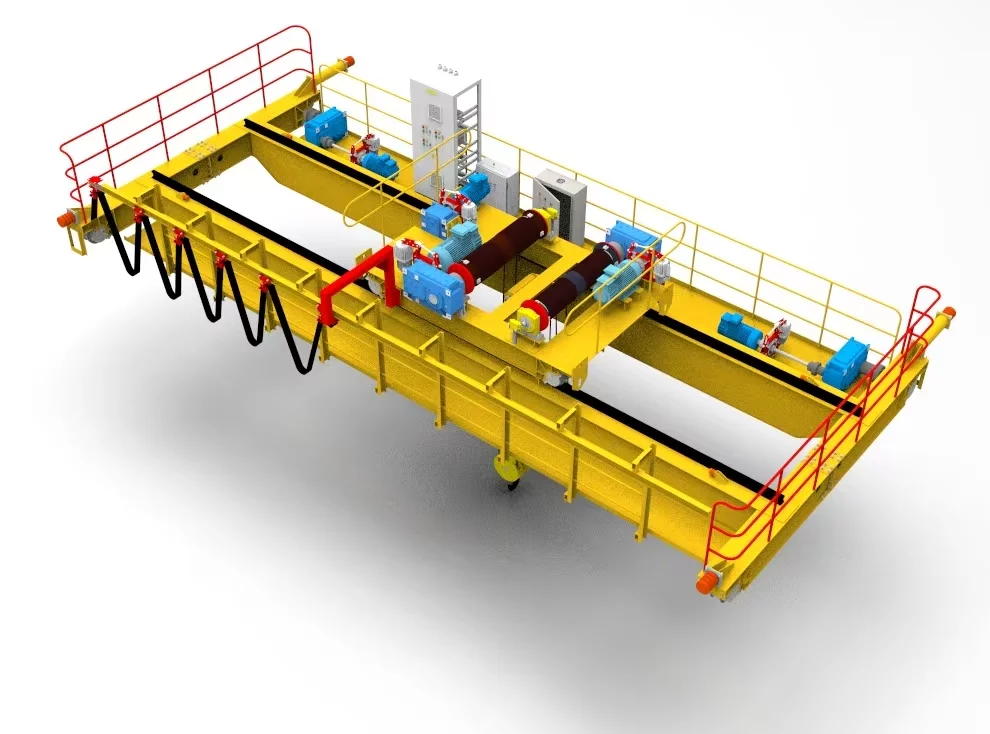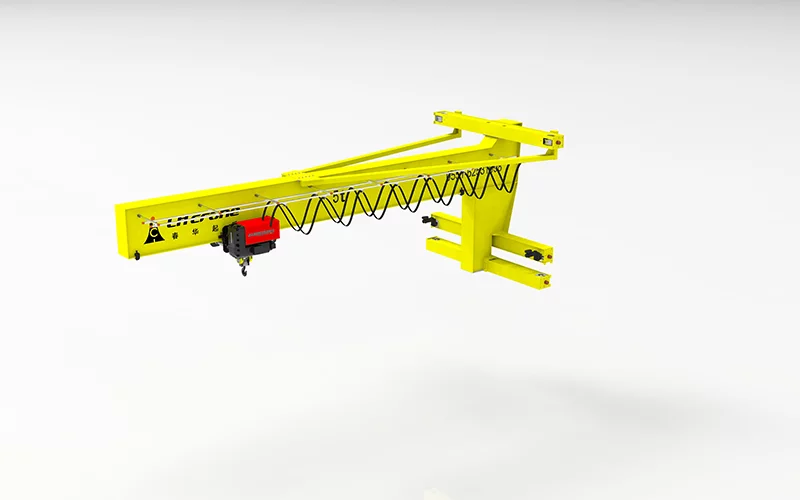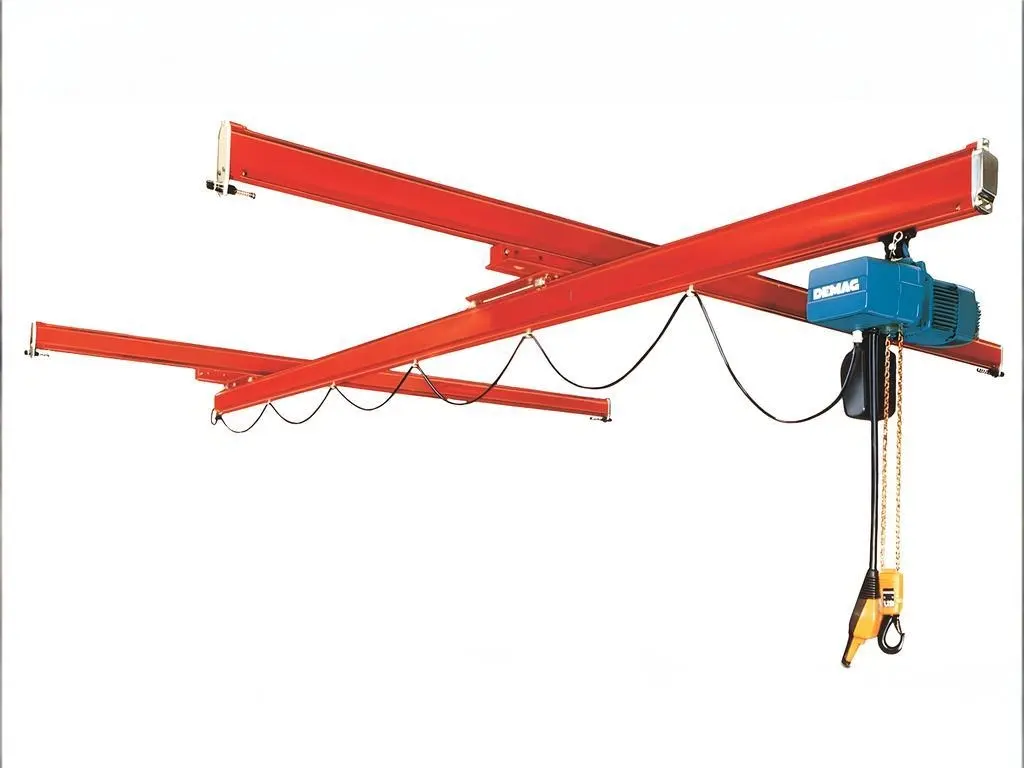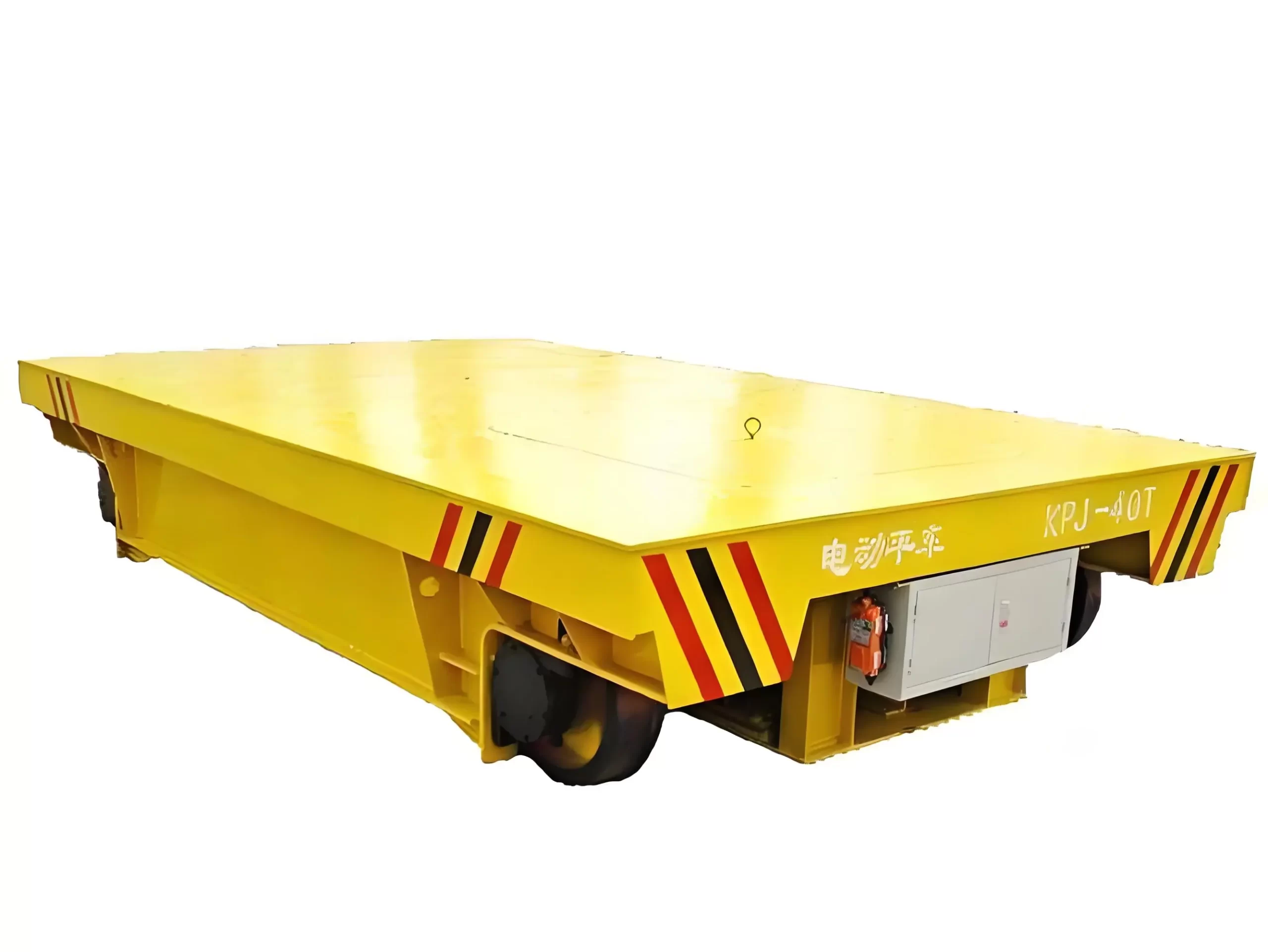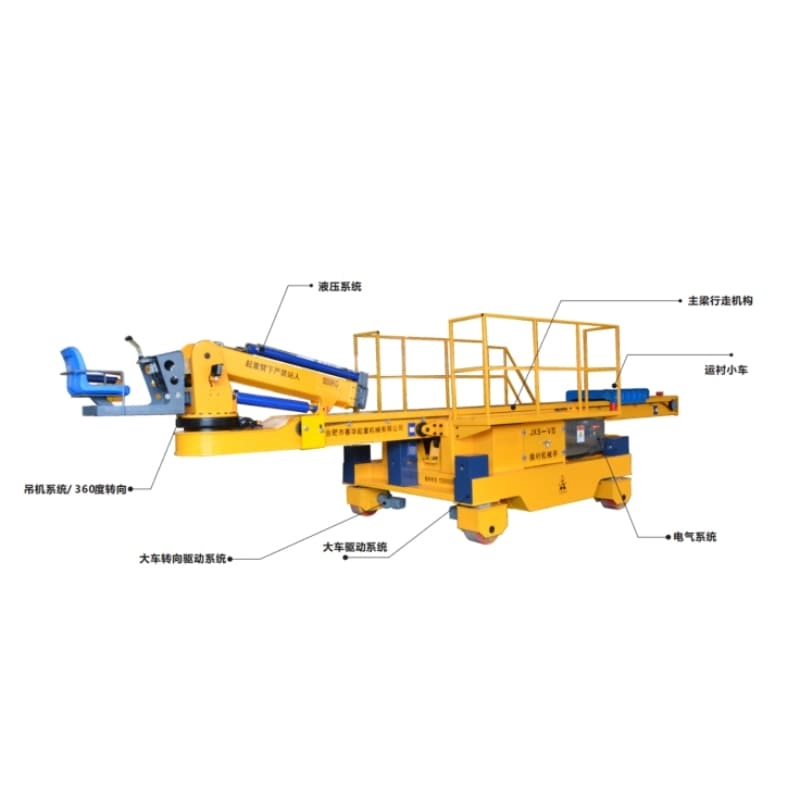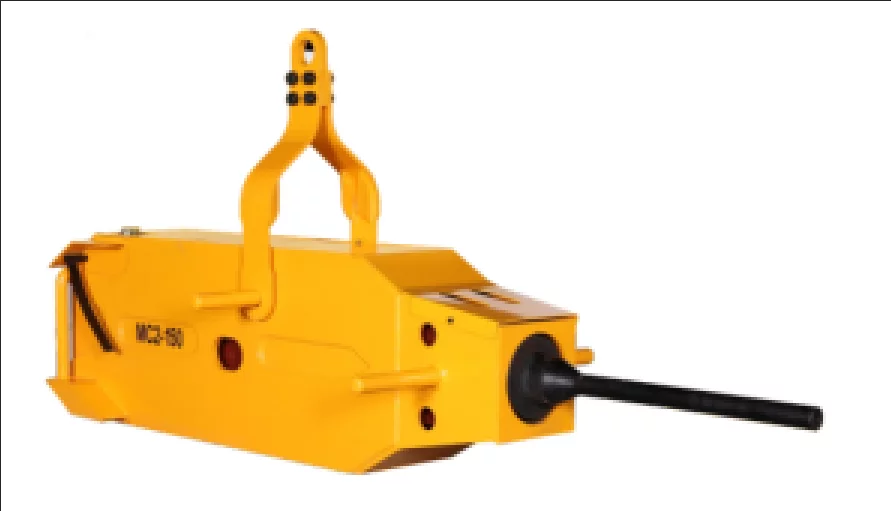The comparison between jib crane and suspension crane is mainly reflected in the following aspects:
Structural design:
Jib crane: It has a fixed support arm, one end of the arm is fixed by a support column, and the other end is used to lift the load. It is usually used for operations in smaller spaces such as factory workshops and warehouses.
Suspension crane: The load part of the single-beam suspension crane is suspended in the air by hanging and moved by tracks or rails. It is usually used in large construction sites, ports and other environments that require large-scale operations.
Scope of application:
Jib crane: suitable for small-scale, high-frequency operations, usually for lifting operations in small spaces such as factories, workshops, warehouses, etc.
Suspension crane: widely used in workplaces with larger spaces, such as warehouses, ports, workshops, and lifting tasks that require crossing longer distances.
Working method:
Jib crane: The boom can rotate within a fixed range through support, which is suitable for medium and short distance lifting.
Suspension crane: The electric single-beam suspension crane can move freely on a longer horizontal track through the suspension track system, which is suitable for large-span operations.
Load capacity:
Jib crane: Generally suitable for lighter loads, can lift up to a few tons of objects.
Suspension crane: Usually can carry heavier loads and can lift larger objects.
Space requirements:
Jib crane: has less space requirements and is suitable for installation on the top of a workshop or warehouse.
Suspension crane: Flexible suspension cranes make better use of space and are suitable for larger working areas.

